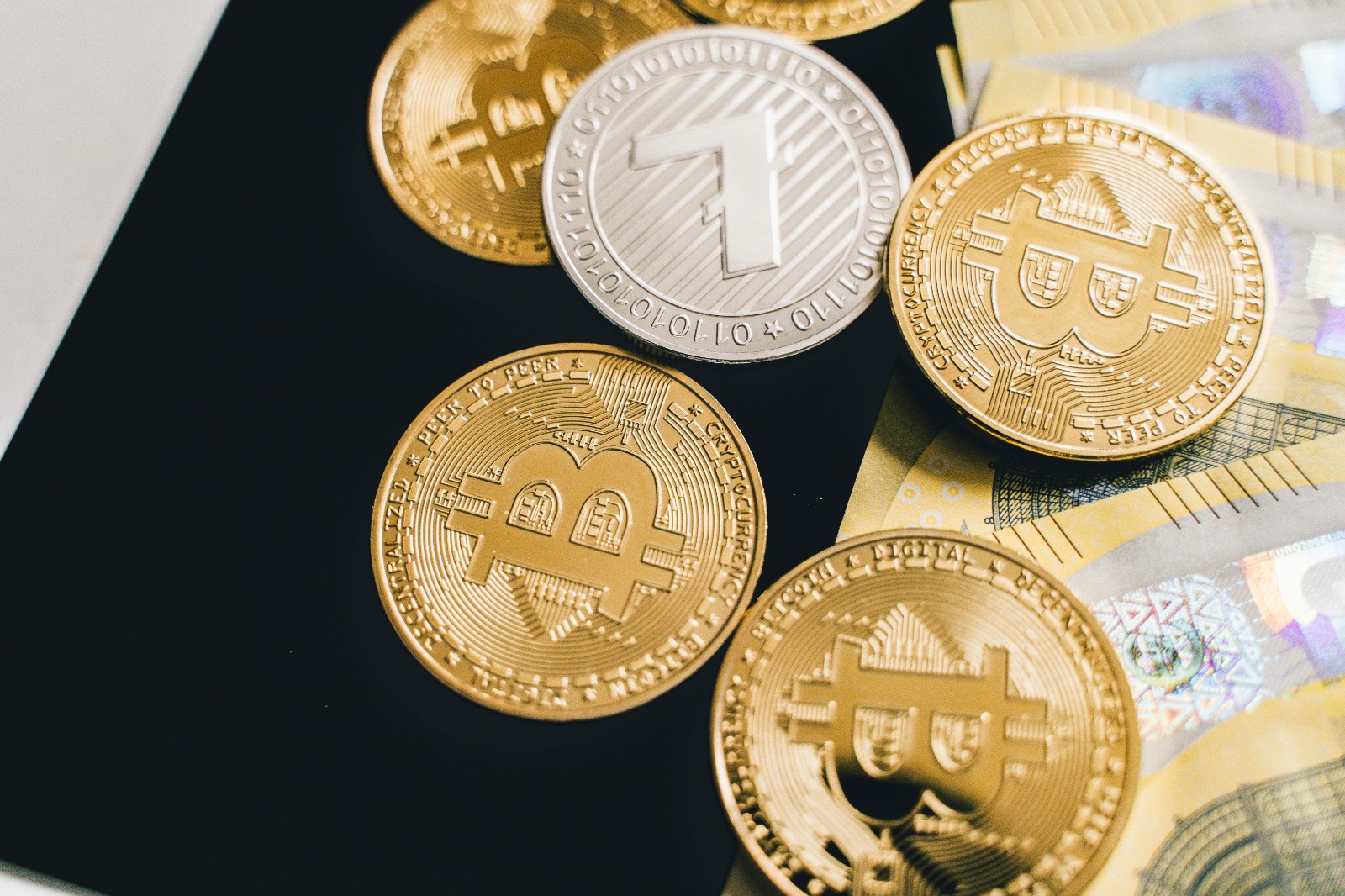Dogecoin has grown from a simple meme cryptocurrency into one of the most recognized digital currencies in the world. Originally created in 2013 by software engineers Billy Markus and Jackson Palmer as a fun and lighthearted alternative to Bitcoin, Dogecoin has gained a dedicated following and practical use cases over the years. In this article, we will explore Dogecoin in detail, covering its history, features, and why it continues to capture attention in the crypto world.
What is Dogecoin?
Dogecoin is a decentralized, peer-to-peer cryptocurrency based on blockchain technology. It allows users to send and receive digital currency quickly and securely without the need for intermediaries. Unlike Bitcoin, which has a limited supply, Dogecoin has no maximum supply, making it an inflationary cryptocurrency. Despite its origins as a joke, Dogecoin has become a serious contender in the digital currency market due to its fast transaction speed and low fees.
The History of Dogecoin
The story of Dogecoin began as a parody of the growing cryptocurrency craze in 2013. The Dogecoin name and logo were inspired by the popular “Doge” meme featuring a Shiba Inu dog. While it started as a fun experiment, Dogecoin quickly gained traction thanks to its active online community. Early Dogecoin users embraced the idea of “tipping” online content creators, which helped spread awareness and adoption of Dogecoin across social media platforms. Over time, Dogecoin’s community-driven initiatives, including charitable donations and sponsorships, have contributed to its lasting popularity.
How Dogecoin Works
Dogecoin operates on a blockchain, similar to other cryptocurrencies, but uses a technology called Scrypt for its proof-of-work algorithm. This allows Dogecoin to process transactions more quickly than Bitcoin. Miners verify transactions on the Dogecoin network and are rewarded with new Dogecoin coins. Transactions are recorded on the blockchain, ensuring transparency and security. Additionally, the low transaction fees make Dogecoin a practical choice for small payments and microtransactions, which has helped it maintain relevance despite the competition from other cryptocurrencies.
Why Dogecoin is Popular
Dogecoin’s popularity can be attributed to several factors. Its meme origins make it accessible and relatable, particularly to younger audiences. Social media hype, celebrity endorsements, and community-driven campaigns have also contributed to Dogecoin’s widespread recognition. Furthermore, Dogecoin’s inflationary model allows for continuous circulation of coins, making it an ideal choice for tipping and charitable donations. The combination of a strong community, low transaction costs, and fast processing times ensures Dogecoin remains a prominent player in the cryptocurrency world.
Investing in Dogecoin
Investing in Dogecoin can be an exciting opportunity, but it also carries risks. Like all cryptocurrencies, Dogecoin’s value is highly volatile and influenced by market trends, social media activity, and investor sentiment. Prospective investors should conduct thorough research and consider their risk tolerance before purchasing Dogecoin. While Dogecoin has seen massive price surges in the past, it is essential to remember that cryptocurrency investments are speculative and should be approached with caution.
Conclusion
Dogecoin has evolved from a humorous internet meme into a widely recognized cryptocurrency with real-world applications. Its unique combination of a passionate community, low transaction fees, and fast processing times has ensured its continued relevance in the ever-changing crypto market. Whether you are interested in using Dogecoin for transactions, tipping online creators, or as a potential investment, understanding its origins, functionality, and market behavior is essential. Dogecoin is more than just a meme—it represents the power of community-driven innovation in the digital currency space and continues to inspire new ways of thinking about money, value, and decentralized finance.



